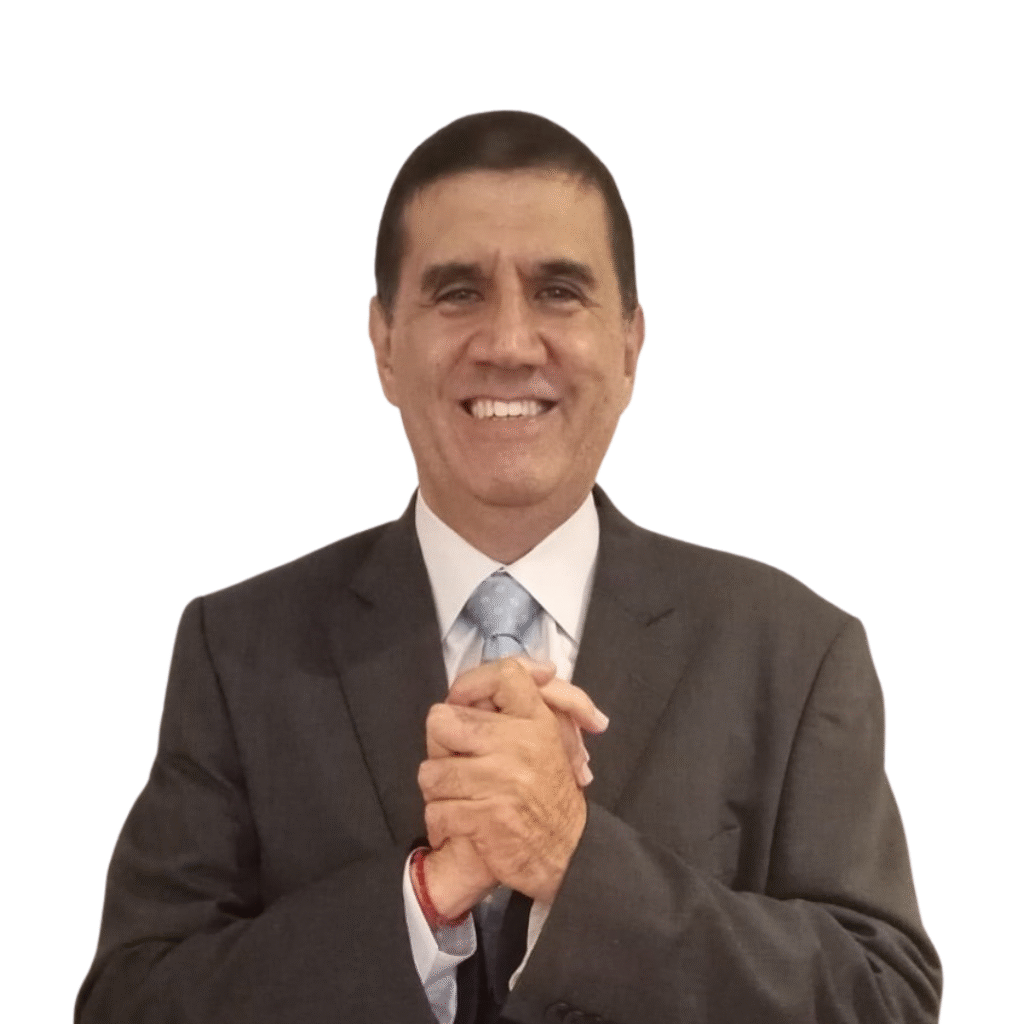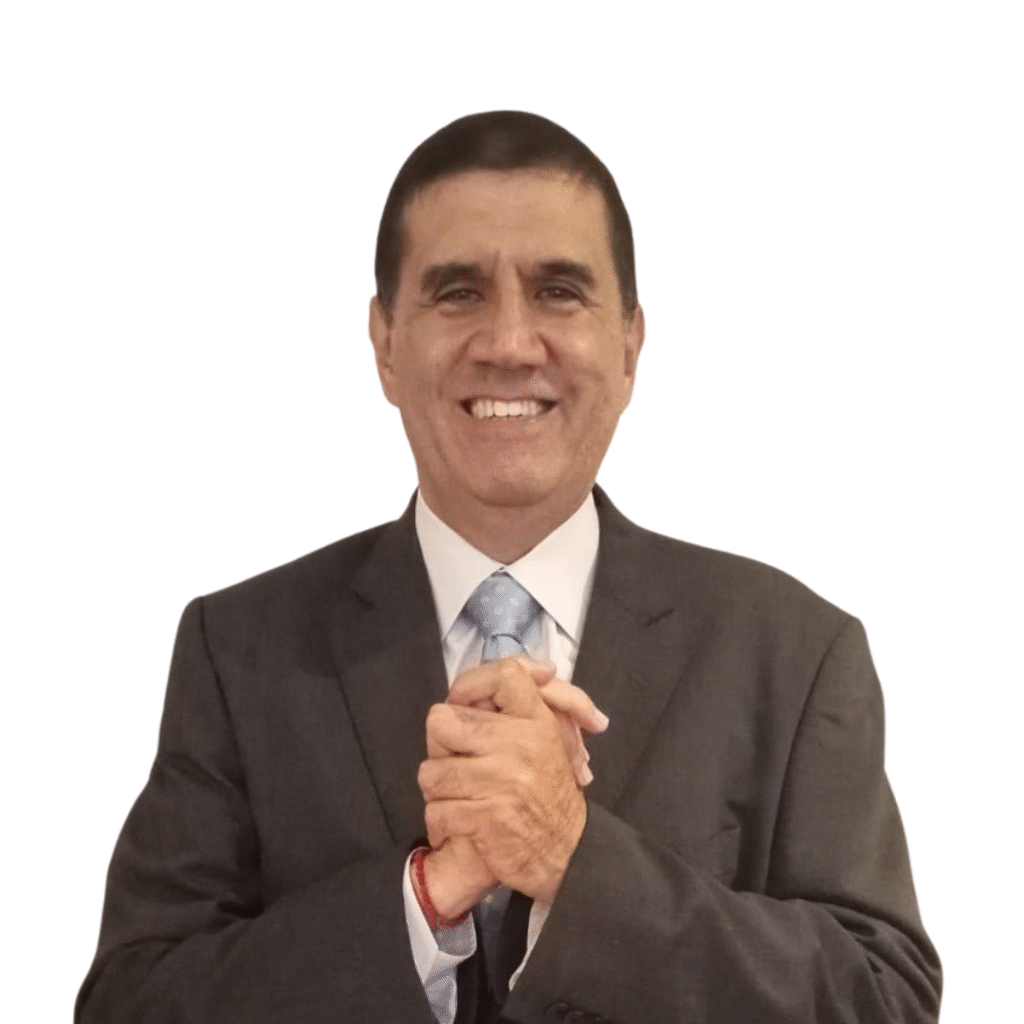In the whirlwind pace of our daily lives, it’s easy to silence what truly drives us. Ontological coach Esteban Proaño reminds us that “self-awareness is the basis of empowerment”: without understanding what we feel and why, we will hardly find the words to claim what we need. And, as our co-founder Ursula Pfeiffer corroborates, “absolutely, and I totally agree with you; this part is extremely important because it comes from personal history and many times we carry paradigms that we don’t even recognize.”
For many of us, giving voice to our needs first involves unearthing those internal signals that go unnoticed. A practical proposal: keep a needs journal for seven days. Each morning, dedicate a few minutes to jot down the emotions that emerge in your work and in your family or friendship relationships. What worries you in the team meeting? When does a glimmer of pride arise after recognition? What causes your discomfort when you take on invisible tasks at home? This scrutinizing gaze transcends mere recording: it becomes a map that illuminates the areas where your voice has remained silent.
Once these emotional patterns are identified, the next step is to ask yourself: what value underpins each feeling? As Esteban teaches, by mapping values—honesty, professional growth, harmony, or transparency—we acquire the internal compass to make decisions. If you discover that justice and recognition are essential for you, aligning your actions with that finding strengthens your conviction when making a request.
At that moment, assertive communication is built upon three inseparable pillars:
- Clarity: expressing yourself precisely avoids misunderstandings. Instead of an ambiguous “I don’t feel valued,” you could say: “I’ve noticed that my contributions weren’t considered in the last proposals; I’d like to discuss how to integrate them so the team can benefit from my ideas.”
- Confidence: presenting your request without guilt or fear demonstrates inner strength. Ursula emphasizes that “speaking with conviction is an act of liberation: recognize that your voice deserves space, regardless of the outcome.”
- Active listening: after sharing your point of view, it is crucial to listen to the response without interrupting. Asking “what criteria did you consider for that decision?” opens dialogue and turns the conversation into an enriching exchange, not a monologue.
Despite these resources, the work and cultural environment often impose barriers. From unconscious biases that label someone defending their position as “aggressive” to hierarchical dynamics that reaffirm old paradigms. To overcome these challenges, Esteban advises preparing each conversation with tangible data: bring a list of measurable achievements, testimonials from colleagues, and impact figures. Also, define in advance your best possible outcome and your minimum acceptable, so that any negotiation unfolds from the certainty of how far you are willing to concede.
At home, the same methodology applies to emotionally charged conversations. When the distribution of household chores is unequal, approaching the discussion as a team project can change the perspective. Ask questions like “what economic recognition would you assign to the unpaid work I do at home?” and share concrete data: time invested, responsibilities assumed, and the cost of externalizing those tasks. This approach transforms discontent into an invitation to agree on fair solutions.
Accepting the unchangeable is also part of assertive practice. We can’t always change an overbearing boss’s attitude or an organization’s culture overnight. Faced with these realities, Esteban suggests redirecting energy towards what does depend on us: cultivating support networks, seeking mentors, and designing strategies to expand our opportunities. “Expanding your circle of influence begins by recognizing where your responsibility ends,” he clarifies.
Assertiveness doesn’t end with a single conversation; it’s a habit that strengthens with each experience. Designing a contingency plan is essential: if the answer to your request is negative, decide beforehand your next step—whether it’s asking for specific feedback, exploring other areas within the organization, or rethinking your professional goals. This approach minimizes uncertainty and reinforces your role as the leader of your own life.
With each firm and respectful conversation, we weave a more equitable environment. As Esteban concludes, “empowerment is not received, it is taken from the certainty that our value is not in others’ opinions, but in the trust we have in ourselves.” And Ursula adds: “Every time we choose to express ourselves with clarity and empathy, we contribute to tearing down the invisible walls that limit our growth.”
Watch the complementary episode Communicate Your Needs: Self-Awareness & Assertiveness for Women Leaders on our YouTube channel: https://youtu.be/alY3pregtEc
This article is part of Eve’s Blog section at Yuriyana Club, a space created by women, for women.


